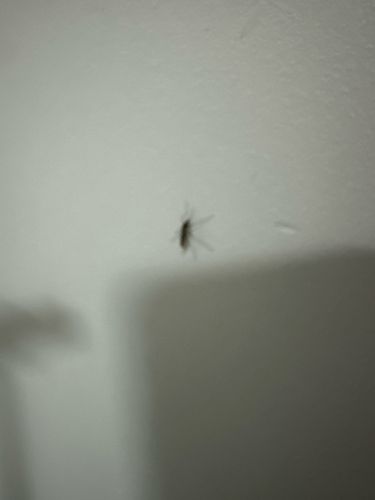Mosquito
Scientific Name: Culicidae
Order & Family: Diptera, Culicidae
Size: 3 to 6 millimeters (0.12 to 0.24 inches)

Natural Habitat
Mosquitoes are found worldwide in various habitats, especially near stagnant water sources like ponds, swamps, marshes, and even man-made containers (e.g., buckets, old tires) where their larvae can develop. Adults are often found in shaded, humid areas.
Diet & Feeding
Adult female mosquitoes feed on blood (hematophagy) from humans and other animals to obtain protein for egg production. Both male and female mosquitoes also feed on nectar and plant juices for energy.
Behavior Patterns
Mosquitoes are known for their biting behavior, primarily by females. They are most active during dawn and dusk, though some species are active during the day. They undergo complete metamorphosis with four stages: egg, larva, pupa (aquatic), and adult (flying). They are attracted to carbon dioxide, body heat, and certain chemicals emitted by hosts.
Risks & Benefits
Risks: Mosquitoes are significant vectors for numerous diseases worldwide, including malaria, dengue fever, Zika virus, West Nile virus, chikungunya, and yellow fever, which can cause severe illness and death in humans. Their bites can also cause itchy welts and allergic reactions. Benefits: Mosquitoes serve as a food source for other animals (e.g., bats, birds, frogs, fish) and play a minor role in pollination as they feed on nectar.
Identified on: 11/5/2025